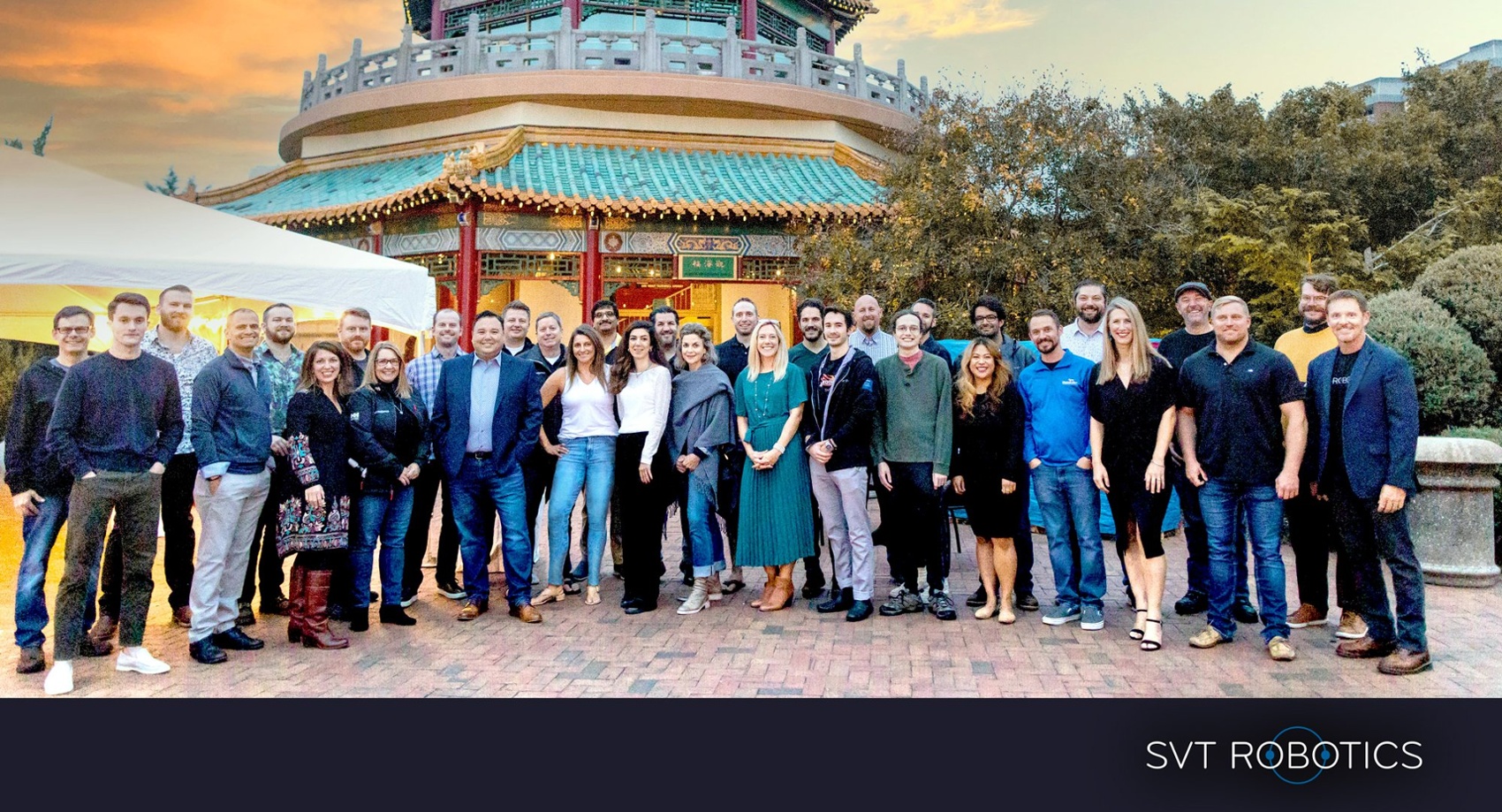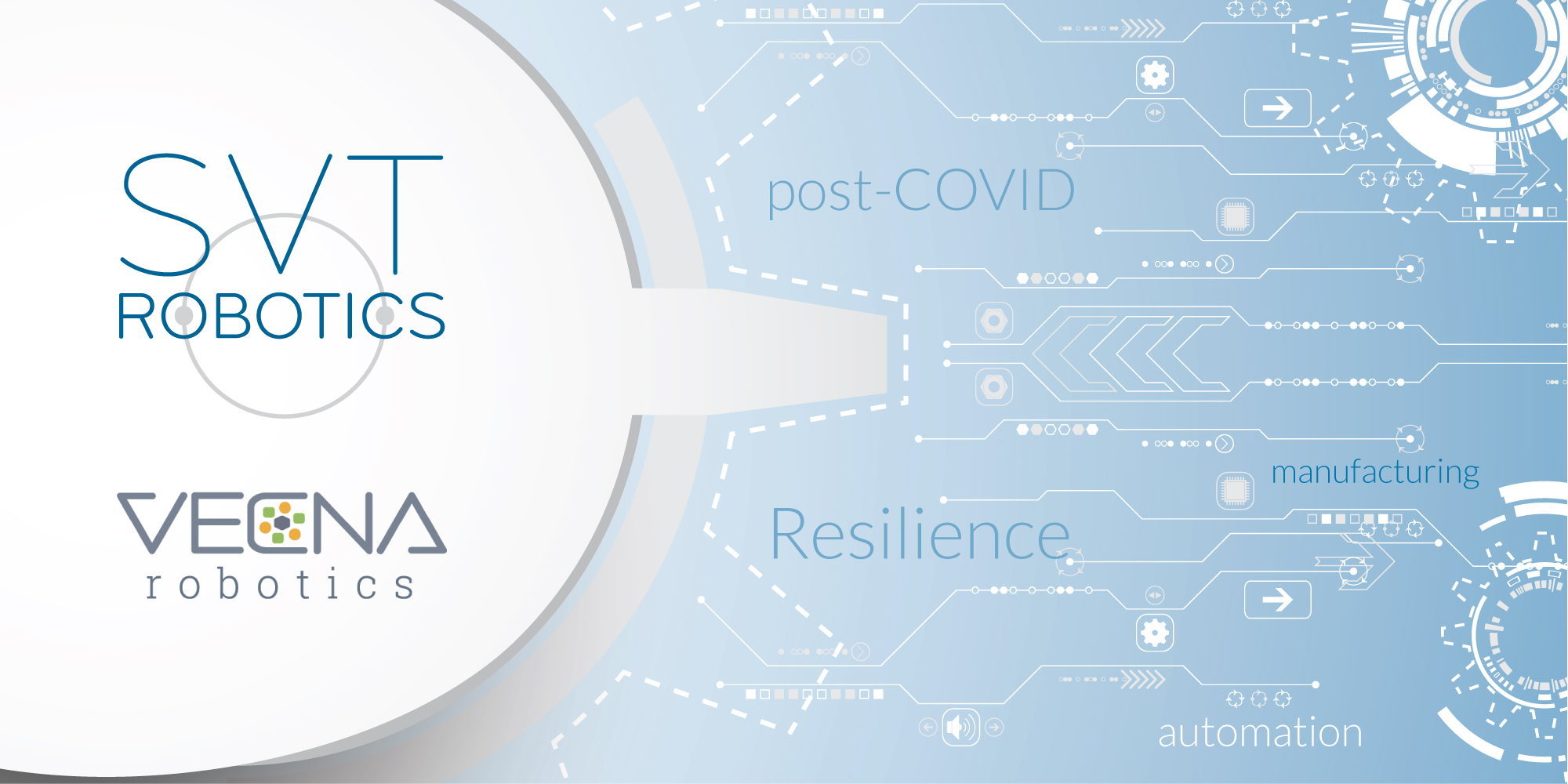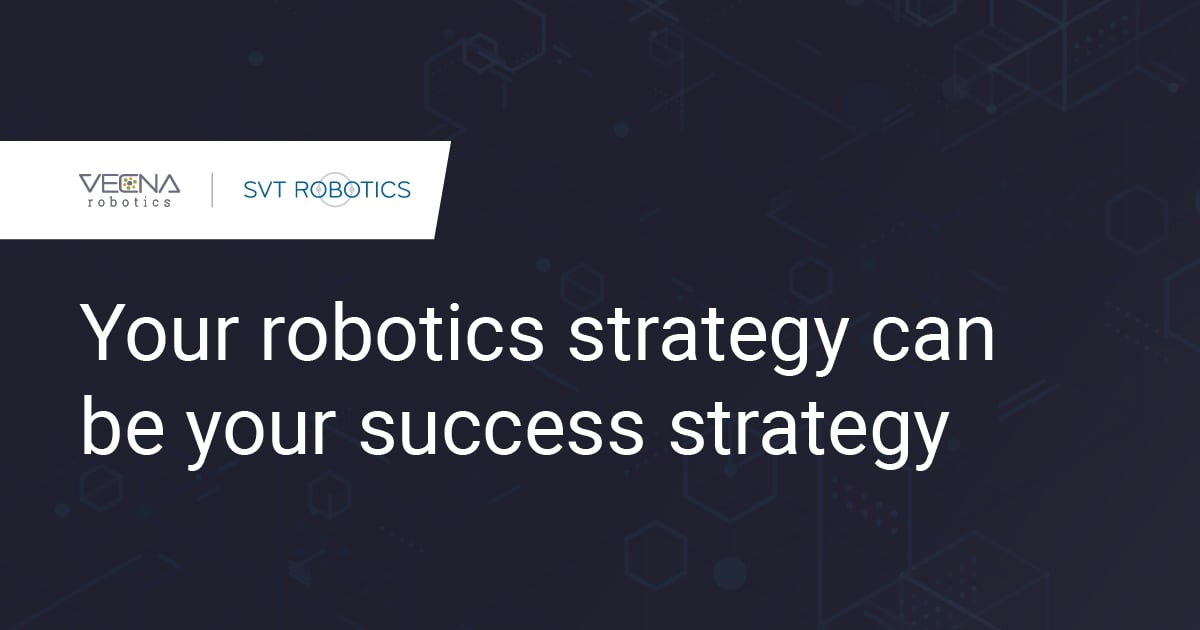In 2015, I noticed a sudden and dramatic shift of mindset in warehousing automation. I had been in the industry since 2004, back when most people did not associate warehouses and robotics.
For over a decade, I was an evangelist for using sophisticated automation in warehouses. People were used to seeing robots in manufacturing, but not warehouses. The biggest hurdle was convincing senior supply chain executives at large companies that robots in warehouses were good.
The biggest barrier to overcome was the perception of risk. It was tough for an executive to
place a $5 million to $50 million bet on automating a warehouse. Those decisions are potentially
career-ending events. The safe bet was always the status quo.
Then things changed.
One day I noticed that convincing them was not as difficult. It was as if there was a collective
awakening of most retail executives in the US — they suddenly wanted robots. Our sales began
growing rapidly; we quadrupled sales in just over two years. We went from convincing
customers to buy to have to choose which customers to work with.
So, what happened?
By far, (IMHO), the biggest impact was Amazon. More specifically, it was Amazon’s acquisition of Kiva in 2012, followed by AWS becoming wildly profitable in 2015.
I remember sitting across the table from a senior vice president at a huge retailer in 2012. He said, “If the shareholders allowed me to lose massive amounts of money like Amazon, I could do what they do as well. There is no way their shareholders will suspend disbelief for much longer.” Well, the shareholders did (including me). Then they were rewarded when AWS became super profitable. Amazon wasn’t going anywhere, and they were crushing it. BY the way, that senior vice president is no longer at that company.
The retail executive community suddenly realized that Amazon had been building tens of thousands of Kiva robots for three years. Their fleet is now rumored to exceed well over 150,000 robots. Suddenly the race was on to compete with free 2-day delivery at scale.
Robots were the answer. It was no longer a risk to embrace robots it was a risk NOT to embrace them. Execs who weren’t adapting were being replaced with execs that had a different mindset. Many times, the replacements were ex-Amazon managers.
But Amazon had a multi-year head start. That’s when the industry-wide software talent shortage became insanely apparent.
Our quadrupling of sales could have been bigger. We could sell more; we just could not do more. And the bottleneck was not in making machines; it was from a lack of skilled, robot-savvy software engineers. We were not alone. Every automation company struggled with this.
The biggest friction point is the software integration of automation to enterprise software. The industry evolved around a professional services model. The metal was commoditized, so your profit was in services, namely software. The more hours you spent, the more you could justify. In fact, customers were nervous if the software costs were too low. So there was no incentive to productize integration. The code was bespoke, making it hard to switch providers. Plus, it was a profitable business model, so there was little incentive change. That was a commonly held mindset, deeply rooted in past success.
Now here we are, five years later, and demand exceeds the industry’s capacity to execute. The old mindset is the problem, though most don’t realize it. Why it’s not changing and how to change it will be the subject of another article. But this problem is why Mike Howes and I founded this company almost three years ago. We are highly convinced that the only way to solve it is for a technology-agnostic company to bring a universal approach to integration.
And, COVID-19 has brought us another significant robotics epiphany (I count four). 2015 was when the market shifted from early adopters to the early majority. COVID-19 has forced the late majority into the game (like it or not).
Now, the demand-to-capacity mismatch is larger than ever. And what suffers due to the mismatch? The calendar time required to execute. We believe in a new day when robotics and automation can integrate in days, not a year. At SVT Robotics, it’s our raison d'etre.








